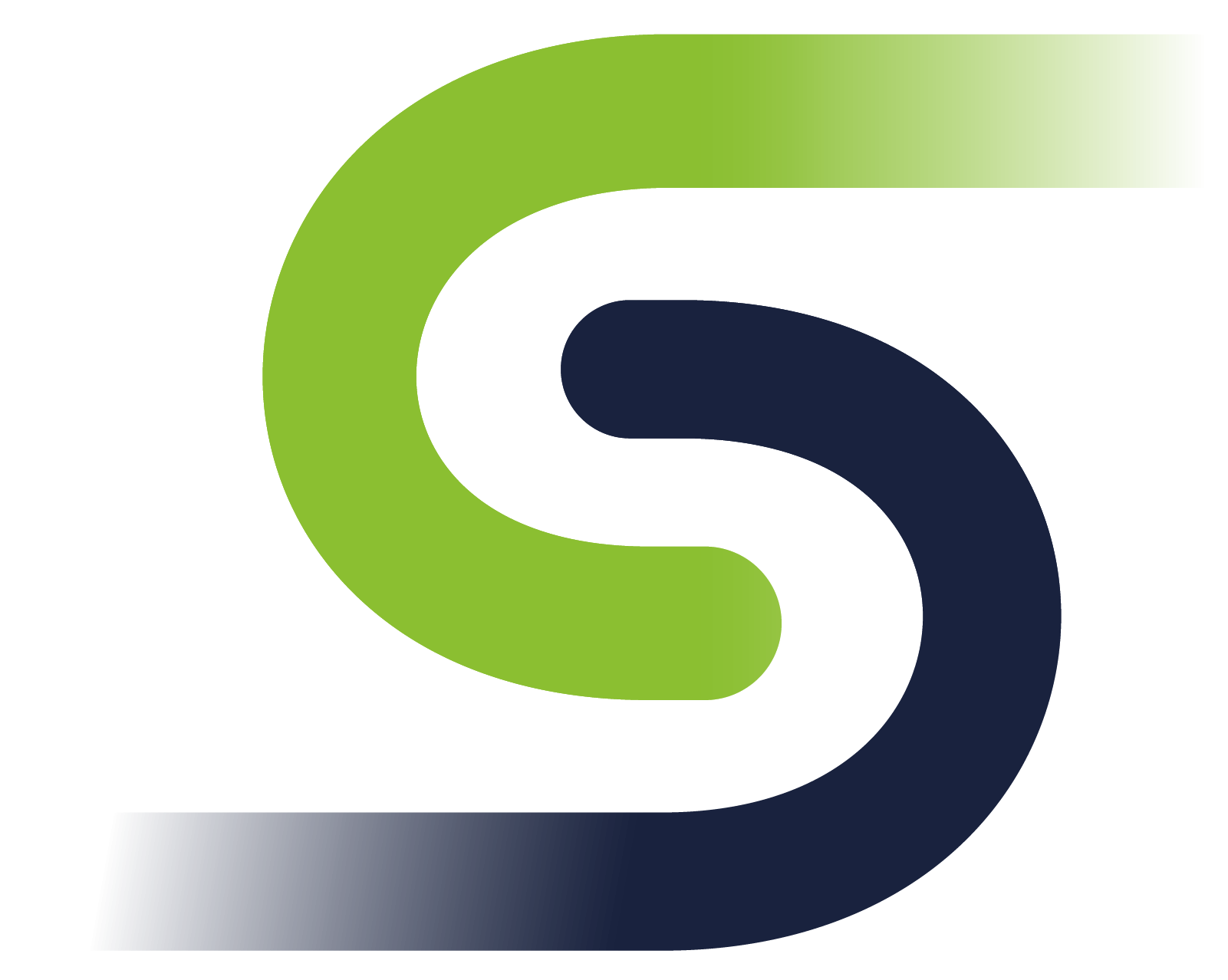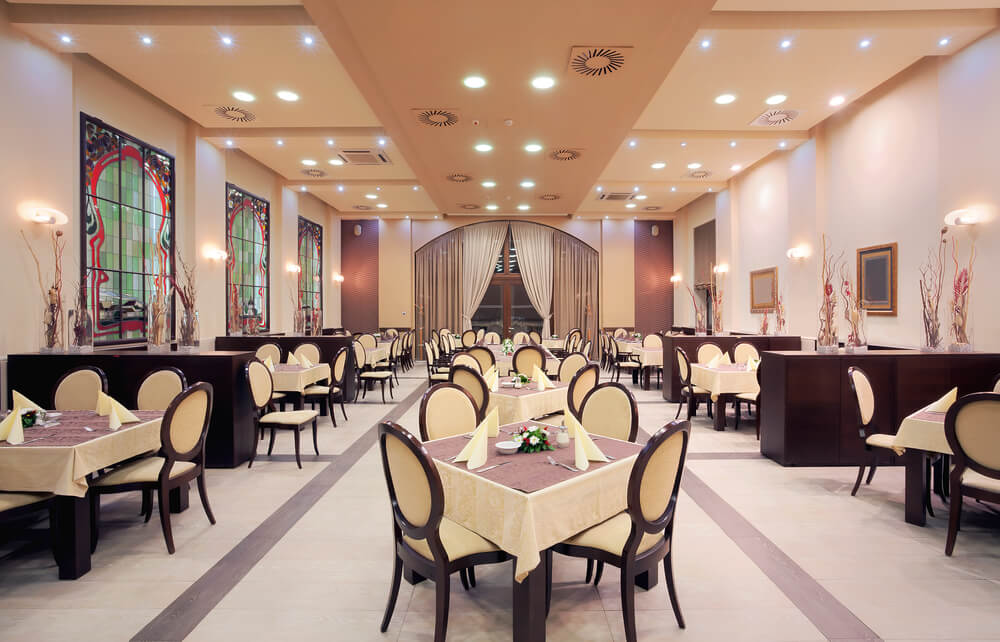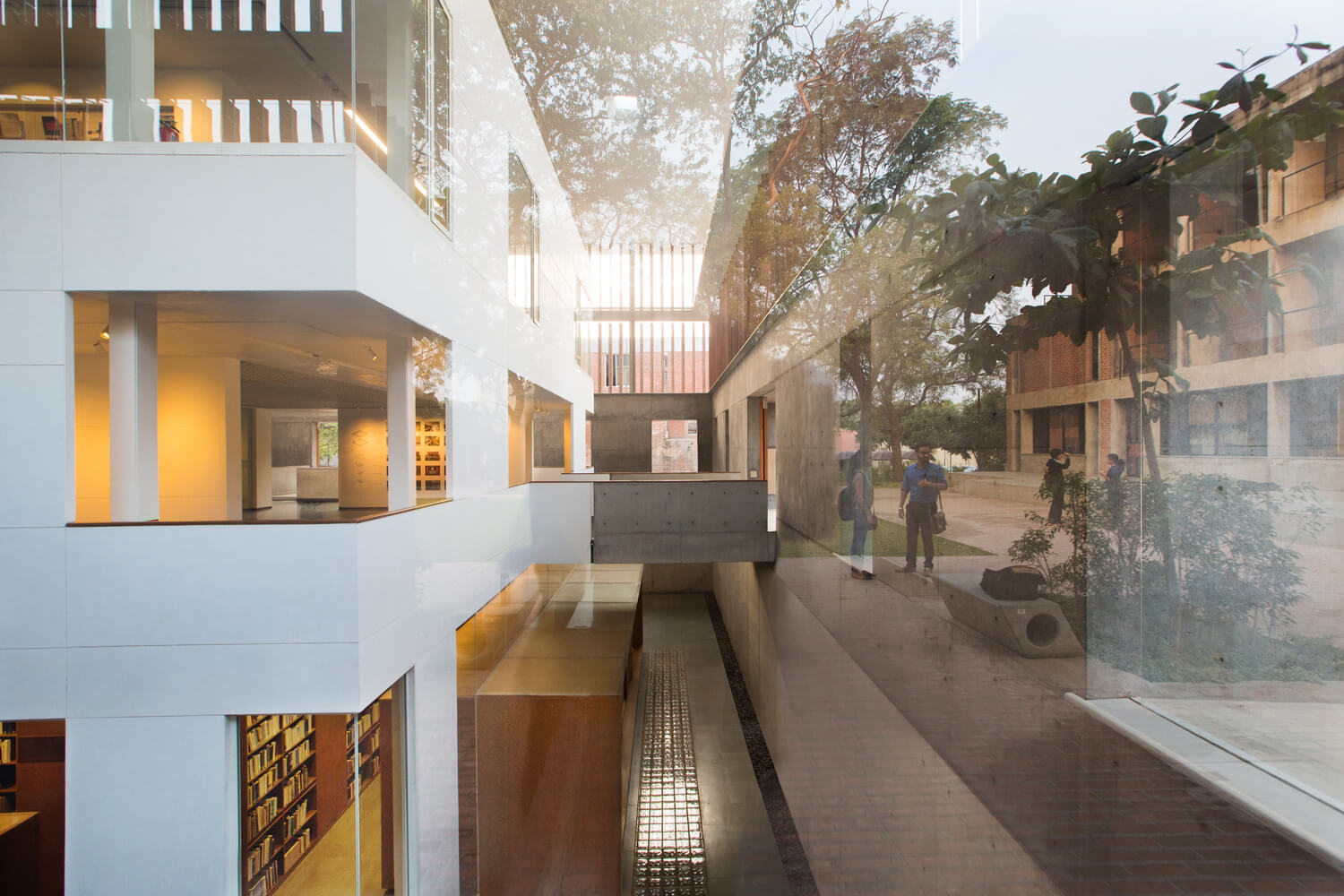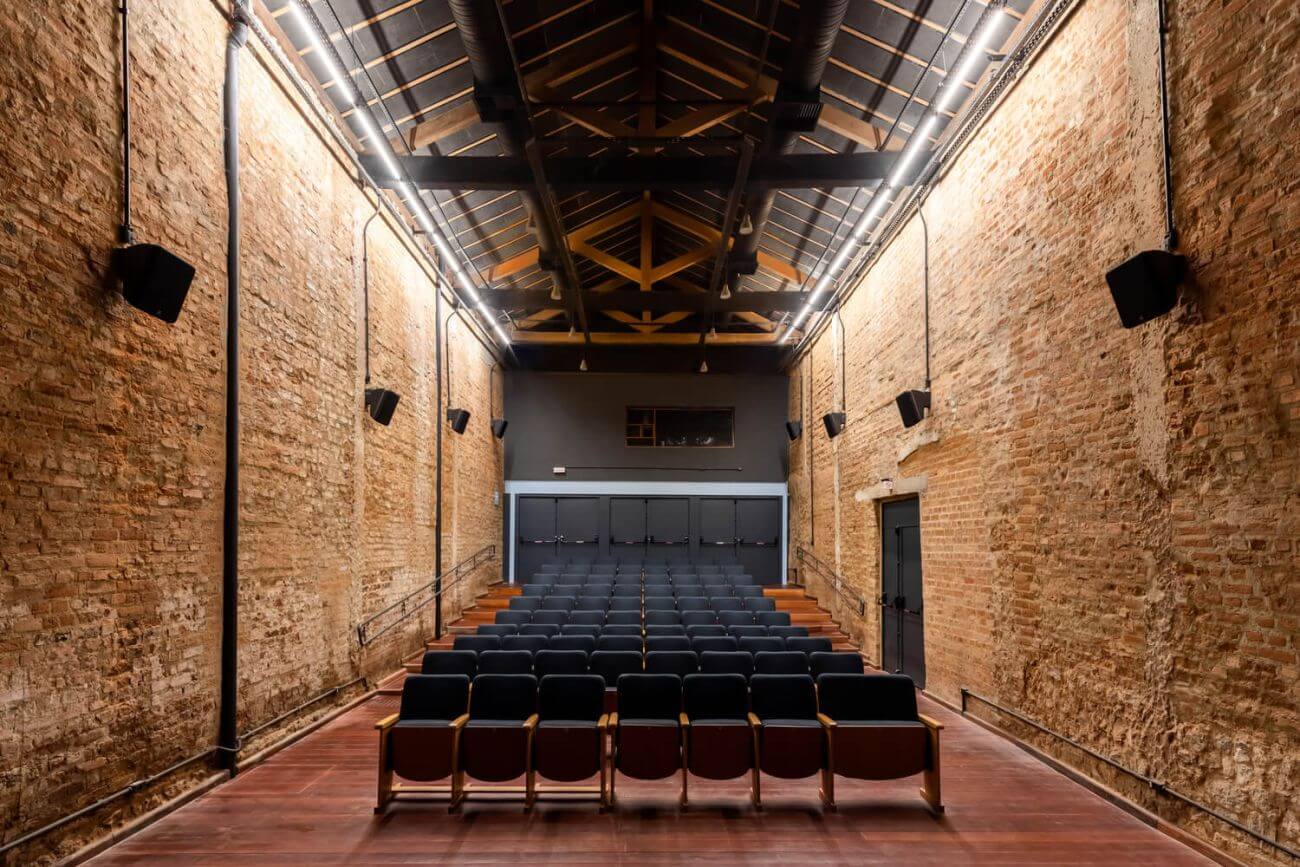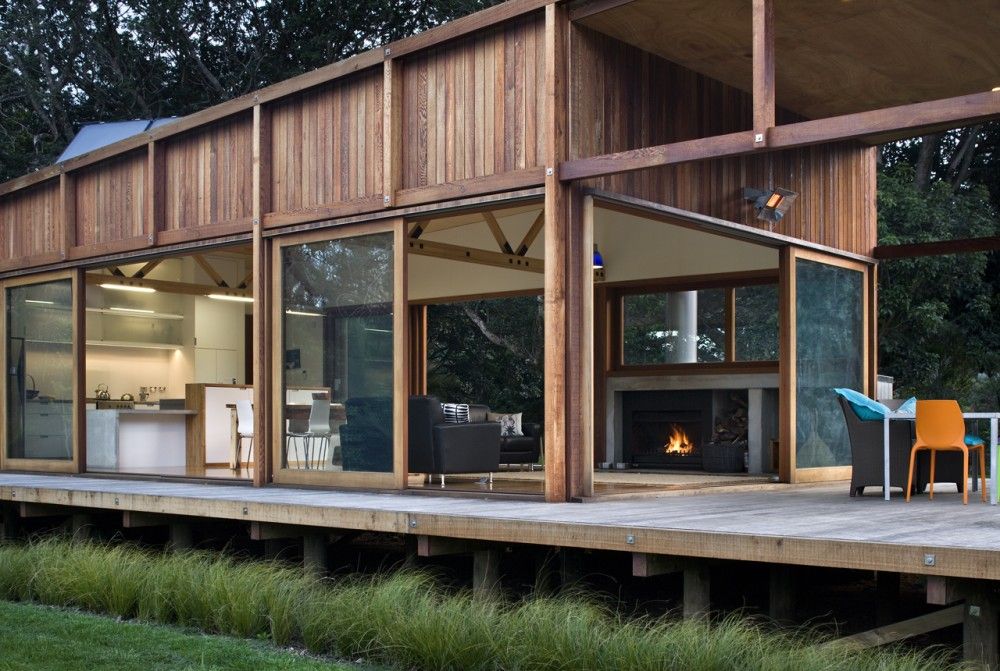PROJECT STRUCTURE
TRANSF4M-R is focussing on the key innovation drivers for the rail freight system to shift transport volumes to rail, reducing substantially the related greenhouse gas emissions. To speed up the innovation availability the project’s activities are split in two distinct clusters “Full Digital Freight Train Operation” and “Seamless Freight Operation”. Both clusters are fundamental to achieve the European Green Deal objectives of the European Union and will only collaboratively secure a significant improvement of rail freight.
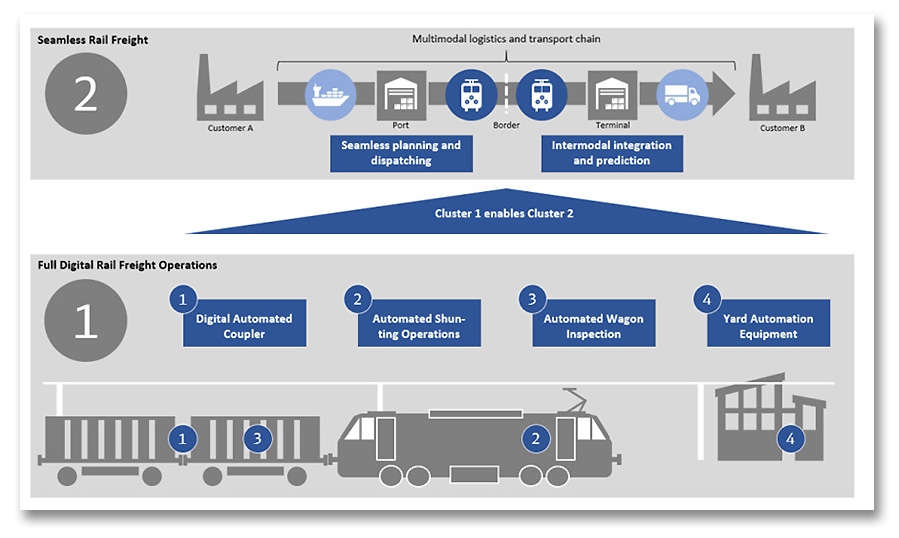
The detailed project breakdown structure is hereinafter illustrated.
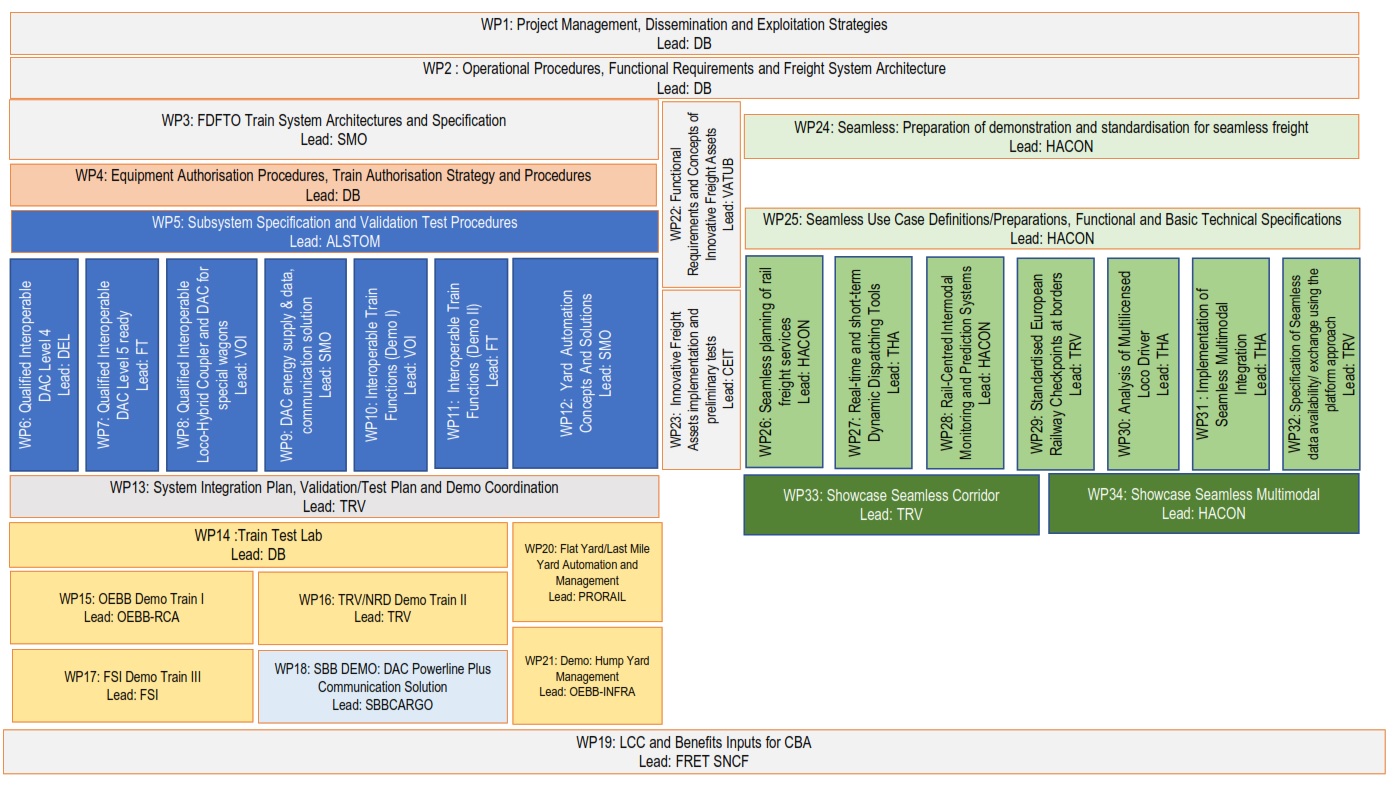
WP01 Project Management, Dissemination and Exploitation Strategies
WP1 will manage activities and ensure on-time, in cost and in quality delivery of the anticipated project outcomes and deliver the expected impact. It shall provide an effective coordination of the project, establish risk management practices, but also provide methods, tools, to secure the compliance with the legal, contractual, financial and reporting requirements acc. GA and ERJU. WP1 will establish a communication channel ensuring coordination between project stakeholders (ERJU, Flagship Projects, System Pillar), increase visibility and support the impact generation of the project and its project results to make the migration to fully digitalized freight train operations happen and coordinate, steer and management the overall activities within FP5-TRANS4M-R
WP02 Operational Procedures, Functional Requirements and Freight System Architecture
The process flow for European seamless rail freight and a future automated full digital freight train operation with all relationships must be described within its physical (such as locomotive/wagon and its subsystems) and a digital (data) layer as a foundation for the specification of the requirements of the technical enablers for a digital-rail-based logistic systems. Target operational processes for all areas in all relevant scenarios (situations/sites/locations) shall be defined.
WP03 FDFTO Train System Architectures and Specification
A common approach for fully functional interoperable and homologated Digital Freight Train Operation (FDFTO) shall be ensured by means of a fully integrated reference system architecture comprising of the various technological advances and developments of the project. The system architecture shall build a foundation for all interconnected tasks: requirement management, variant management, validation tests, RAMS analysis. The work package aim is designing and harmonization of a functional reference system for the FDFTO architecture with a focus purely on functionality not on the technical solution: Both a physical reference system architecture (layout of physical entities and interfaces) and a digital reference system architecture (data and digital interface design).
WP04 Equipment Authorisation Procedures, Train Authorisation Strategy and Procedures
The main objective of WP4 is to prepare the procedures and the necessary requirements for vehicle authorisation to bring DAC up to functional Level 5 into the EU railway system. This includes procedures and requirements to assess and certify the DAC as well as procedures and requirements to assess the integration of the related energy provision, vehicle control and train functionalities into (new or retrofitted) freight wagons and locomotives.
WP05 Subsystem Specification and Validation Test Procedures
The foundation provided by the EDDP, prepared for the TSI and CEN/CENELEC Working Groups for fully digitalized freight transport operational procedures enabled by a harmonized interoperable DAC system up to Level 5 functionality, for the European rail freight industry will be narrowed down to detail the common interfaces, protocols between subsystems, interoperable functions and technical specifications enabling full EU interoperability. A standardized European FDFTO verification and validation test plan on subsystem level (equipment, required HW and train function) for full digital freight operations shall be developed providing step-by-step integration and test procedures.
WP06 Lead Beneficiary Qualified Interoperable DAC Level 4
The main objective of WP6 is reaching a full compatibility and EU-interoperability of DAC Level 4 of functionality. WP6 partners will provide interoperable DAC Level 4 systems. The aim is to test and demonstrate the interoperability of the systems in laboratory environments & provide qualified technology for train tests under controlled environment and large-scale validation and demonstration with TRL8.
WP07 Qualified Interoperable DAC Level 5 ready
The main objective of WP7 is reaching a full compatibility and EU-interoperability of DAC Level 5 readiness functionality. WP7 partners will provide interoperable DAC Level 5 ready couplers based on the upgrade of WP6 DAC Level 4 couplers. The aim is to test and demonstrate the interoperability of the couplers in laboratory environment & provide qualified technology for train tests under controlled environment and large-scale validation and demonstration.
WP08 Qualified Interoperable Locomotive-Hybrid Coupler and Wagon DAC for special wagons
The main objective of WP8 is reaching a full compatibility and EU-interoperability of a Locomotive-Hybrid Coupler Level 4 with a Wagon DAC Level 5 system and a full compatibility and EU-interoperability of a Wagon DAC Level 5 ready for special wagons, based on couplers provided within WP6 and WP7. WP8 partners will provide interoperable Locomotive-Hybrid Coupler Level 4, though upgradable to Level 5, enabling the Level 5 functionality on a train system level. In addition, WP8 partners will provide interoperable Wagon DAC Level 5 ready for special wagons (e.g., T3000). The aim is to test and demonstrate the interoperability of the systems in laboratory environment and provide qualified technology for train tests under controlled environment and for demonstration with TRL8.
WP09 DAC energy supply & data, communication solution
The interoperable solutions, which are developed and delivered in WP9 shall supply the freight-wagons with electrical energy from the locomotive and/or from the stationary power-supply in the yards. On-board electronics and consumers for the wagons need to be supplied. The communication channel shall allow messages to be exchanged between the wagons and the locomotive via the DAC, but also to a server on the landside (especially the yards, WP12 involved) and/or in the cloud. Therefore, the energy supply and communication channel represent the basis of interoperability for implantation of train wide functions, which will be developed in (WP10 & WP11).
WP10 Interoperable Train Functions (Demo I)
- WP10 will focus on the adjustments and bringing the different existing solutions across system suppliers and across technologies to a higher maturity level with the main objective to enable/ensure a fully functional interoperability of future software defined technologies: train composition detection (train inauguration),
- automated brake test,
- automatic coupling and uncoupling (controlled from a locomotive),
- and train integrity monitoring and train length determination will be enhanced, adjusted, and tested in a laboratory environment fulfilling the functional requirements incl. safety and interoperability with the aim of reaching TRL8 during the project.
WP11 Interoperable Train Functions DEMO II
WP11 will focus on the adjustment of the different solutions across system suppliers and across technologies with the main objective to enable/ensure a fully functional interoperability of future software defined technologies.
- Automated parking brake control function (controlled from locomotive),
- Distributed Power System – DPS (multi-traction control via train network of up to 4 locomotives in a train)
- Train brake control & monitoring (via train network parallel; EP-Brake) will be tested in a laboratory environment fulfilling the functional requirements incl. safety and interoperability with the aim of reaching TRL7 during the project
WP12 Yard Automation Concepts and Solutions
Yard processes shall be highly to fully automated by introducing the DAC Level 5 capabilities. WP12 objective is to develop and deliver safe and secure automated shunting solutions ensuring functional interoperability across technologies and suppliers. Procedures in departure section such as train preparation shall be supported by trackside equipment for automatic brake & line test. Movements of shunting locomotives can be carried out automatically in dedicated areas even without ETCS with unequivocal mapping/positioning. The focus of WP12 lies in developing of novel software defined technologies aiming to embed new functionalities - not yet available - into automated yard management and yard automatization systems – both for flat and hump yards. This WP will implement the following technical enabler: 4 with the aim to reach TRL 6 - 8
WP13 System Integration Plan, Validation/Test Plan and Demo Coordination
The aim of WP13 is to support and coordinate WP14-21 by providing a test concept, system integration plan and holistic FDFTO assessment. The objective of WP13 is to ensure integration of the technical enablers to a functional FDFTO train and delivery of the demonstrators.
WP14 Train Test Lab
The objective of WP14 - Train Test Lab is to enable and execute the validation of the FDFTO requirements in a centralized FDFTO lab and in a harmonized way. The aim is to establish a joint, cocreational, one-of-its-kind environment for the project and the railway freight sector to move up across the envisaged TRLs in a cost-efficient and effective way. Test procedures of the technical enablers, both on component/subsystem and on train level, according to the developed validation and test plan shall be possible. By using the train test lab specific operational procedures can be pre-tested, and on the other hand retrofitting efficiency, maintainability and serviceability assessments shall be possible. Also, developer- tests will be carried out to ensure the suitable system-approaches for the FDFTO-energy- and communication-system for locomotives and wagons.
WP15 OEBB Demo Train I
The WP15 main objectives are:
- To prepare “Demo Train I”,
- To demonstrate the “Demo Train I” based on the technical enablers (WP6-WP11) of the flagship project reaching at least TRL7/8
- To assess and validate the functionalities and impact the FDFTO train set “Demo Train I” on the transformation of FDFTO operational procedures. As a result, this WP should prove that technical enabler solutions are capable to demonstrate defined full functionality under relevant operational conditions incl. defined operational contingency scenarios. “Demo Train I” will cover EU-Corridors crossing Austria. (TRL8)
WP16 TRV/NRD Demo Train II
Testing and validation of DAC and selected enablers (e.g., EP-brake, train composition, automated brake test etc.) in harsh winter conditions with low temperatures down to - 25 degrees Celsius (T1), a lot of snow and snow smoke adverse weather conditions. This will contribute to input and data for LCC analysis of DAC, full interoperability, and the functionality of the selected enablers (e.g., EP-brake, train composition, brake test etc). The WP16 will set up three (3) demo trains in these DAC tests and selected train functions (e.g., EP-brake, train composition, automated brake test). (TRL8)
WP17 FSI Demo Train III
The WP17 main objectives are:
- To prepare “Demo Train III”
- To demonstrate the “Demo Train III” based on the technical enablers (WP6-WP12) of the flagship project reaching TRL7/8
- To assess and validate the functionalities and impact of the “Demo Train III” on the transformation of FDFTO operational procedures. As a result, this WP should prove that technical enabler solutions are capable to show defined full functionality under relevant operational conditions incl. defined operational contingency scenarios. “Demo Train III” will cover EU-Corridors crossing Italy. (TRL8)
WP18 SBB DEMO: DAC Powerline Plus Communication Solution
Based on the foundation provided by the EDDP WP1 SG 3, Powerline PLUS is one of two shortlisted communication technologies for the data backbone of the future freight train. The primary focus from FP5 will be on the technology SPE, due to the limited resources in the project and the challenging time plan. As none of the technologies has been fully tested and qualified in the target environment and to minimize the risk in the project, it´s recommended to continue the development and testing with both technologies, meanwhile in parallel. If Powerline PLUS will be selected instead of SPE it needs to be further pursued, in this WP an interoperable Powerline plus based DAC communication systems, will be brought to a higher maturity (TRL8), and integrated into ERJU demonstrators. The aim is to provide standardized interoperable set of solutions. The functionality and performance shall be demonstrated and validated against the requirements and documented in test-reports for interoperability readiness. Mechanical, electrical, and SW integration into rail vehicles shall be made possible by providing integration instructions and required documentation of the individual components and sub-systems. (TRL8)
WP19 LCC and Benefits Inputs for CBA
The objective of this work package is to support EDDP. This work package aims at providing input for the EDDP CBA work package. ERA involvement will be actively requested for validation purposes, so values can be accepted for a global CBA.
WP20 Demo: Flat Yard/Last Mile Yard Automation and Management
In most cases, except for “hand-over” tracks between main-line and yards, flat yards/last mile infrastructure are un- signalled areas. Automatization of these yards is hampered by crucial signalling components not having conflict-free, safe route setting and, in most cases, non-automated movement of switches. The main objective of the WP20 is to validate, implement and showcase the practical application of the developments of WP12 for an automated flat yard/last mile in a real operational environment. Enabler 4 will be addressed in this work package. (TRL6-8)
WP21 Demo: Hump Yard Management
Well organized yards are essential for an excellent performance of SWL-traffic throughout Europe. The change management of operational and organizational procedures going from a non- or semi-automated environment towards a digitalized and fully automated yard area needs detailed planning; this also applies for test and demonstrator purposes, using real hump yard environment. The main Objective of WP21 is to validate, implement and showcase the practical application of the developments of WP12 for an automated hump yard in a real operational environment.
WP22 Functional Requirements and Concepts of Innovative Freight Assets
WP22 objective is to enable the introduction of technical enablers developing concepts on three levels:
- energy efficiency: train aerodynamics concepts and efficient driving.
- multimodality: combined container including wagon concepts for efficient loading/unloading for end-2-end optimized logistic process,
- automation: self-propelled wagons complementing operational procedures and
WP23 Innovative Freight Assets implementation and preliminary tests
WP23 main objective is to provide deployable, cost-efficient solutions based on the requirements and architectures developed in WP22. Implementing and pre-testing of the concepts demonstrating:
- multimodality: wagon concept carrying a high-pressure hydrogen storage system with optimized cascading of single storage units, fully equipped with instrumentation and sensors embedded in a new defined logistics model and concept;
- automation: demonstrate the functionality of a preliminary design of a traction system for the self-propelling capability;
- energy efficiency: characterize the real-world aerodynamics of freight-train operation in order to provide applicable recommendations for the aerodynamic optimization of freight-trains operating in real-world conditions on one hand and on the other: Adapt the efficient driving strategies to the freight convoys and evaluate the feasible energy savings.
WP24 Preparation of demonstration and standardisation for seamless freight
The goal of WP24 is to prepare the activities for the demonstration efforts of WP 33 and WP 34. This is done via a continuous alignment of planning, timing execution and evaluation between all involved partners. Since this is a continuous and regularly updated process, the WP will run for the entirety of the first call. In addition, this WP also aims to provide input for standardisation, including a possible extension of the existing standards.
WP25 Seamless Use Case Definitions/Preparations, Functional and Basic Technical Specifications
To match the market requirements, the goal of this WP is to establish the functional and technical specifications of the necessary developments to achieve the vision of the seamless freight cluster of Destination 5. The actual development is done in WP 26-32, or in the respective work packages of the Destination 1 project, which is focussed on mainline network planning and management, as well as the FP3 project regarding the development of CBM.
WP26 Seamless Planning of Rail Freight Services
As the development of freight specific planning functions for the main lines and the network including cross-border, which were analysed and specified in WP25. Two will be performed in the Destination1 flagship project, the main objective of this WP is to develop the necessary functions, tools or supporting systems to ensure that the seamless planning covers the complete end-to-end rail service including the sections, processes and actors of the first and last mile and the terminals/yards. Therefore, the developments include the enhancement of yard and terminal planning systems, so that they can interact with network planning systems in an efficient and agile way and can process the data for a better internal planning of the resources. Additionally, also the planning and management processes of the Railway Undertakings for freight services will be improved by standardised data exchange and new functions for asset/capacity management to ensure a better use of scarce resources. Another objective is to provide easy access to information about available network capacity / capacity restrictions via a web portal, so that the transport planning departments of shippers and LSPs can use this information for an improved mid- to long-term logistic planning.
WP27 Real-time and short-term Dynamic Dispatching Tools
Implement a harmonised real-time interface between Railway Traffic Management System and the yard/terminal management systems, to dynamically adapt planning and tasks in yards/terminals according to real-time evolution of traffic and availability of assets. Overall objective to enable harmonised yard/terminal operations across Europe to further ease interaction between different yards/terminals.
WP28 Rail-Centred Intermodal Monitoring and Prediction Systems
The goal of this WP is to develop key functions for intermodal monitoring and prediction systems which cover(s) the entire European intermodal transport chain by developing several rail-focused algorithm models as well as integrating other (prediction) systems for the first and last mile processes in a harmonised way. These intermodal prediction systems shall achieve a high and reliable performance in terms of pre-specified quality evaluation criteria.
WP29 Standardised European Railway Checkpoints at Borders and Other Operational Stop Points
The main objective of this WP is to develop Railway Checkpoints that will partially automate Freight Train Transfer Inspections at borders or other operational stop points. This includes digitalising and automating processes using emerging technologies in specialised adapted “Intelligent video gates” (IVG), using OCR, sensors and other detection and identification technologies. The technological objectives are combined with evaluation of data sharing and exploitation possibilities as well as harmonized procedures and regulation across the European rail network. Apart from enabling improved operations these checkpoints can also contribute to improved maintenance processes and safety performance e.g., in freight train preparation phase and monitoring safe attachments on wagons.
Thus, this WP will focus on:
- Digitalisation and partial automation of manual processes through innovative sensors, video gates and handheld devices, based on a process analysis (TRL 7)
- Interoperable IT-systems for data management and processing (TRL 7)
- Harmonized procedures and regulations.
WP30 Analysis of Multilicensed Loco Driver
As there are numerous initiatives and projects ongoing or planned to support an international cross-border deployment of loco-drivers it is important, to analyse in a first step the current state of the art of the connected technology and the developments ongoing, as well as to merge/analyse the different customer requirements so that in a project in future calls of ERJU the respective missing technologies can be developed which should reach then TRLs of 8-9. The analysis and resulting implementation concept are covering Multi licensed loco driver, cross border rostering concepts and cross border line simulation tools. This WP covers Enabler 13 reaching TRL 3-4.
WP31 Implementation of Seamless Multimodal Integration
The main objective of the WP is to combine multimodal services (incl. short and deep-sea-shipping, barges, and road transportation) in/for harmonised transport planners with easy booking functions. It shall allow users to increase the modal split of railway freight transport by means of demand-responsive transport network planning, optimized loading and capacity management algorithms with ad-hoc dynamic capacity allocation functions based on resource availability. The WP will implement software solutions for innovative and integrated multimodal transport planning, management and operation system including innovative routing engines on loading unit level (e.g., Container, Trailer, etc.). By standardising the formats and the services descriptions and adapting the transport planers, services from various/all service providers could be combined and a European overview of rail freight services is enabled. This WP covers Enabler 10, 11 and 14 with targeted TRLs 6-8.
WP32 Specification of Seamless data availability/ exchange using the platform of platform approach
This work package shall provide an overall framework to allow a seamless and harmonised exchange of data, not only for the activities within Destination 5 Seamless Freight, but also for the connection to Cluster 1: FDFTO. The Conceptual Data Model (CDM) which will bring everything under a common federation will be developed within Destination 1 and used to share data. The cooperation with Destination 1 will be considered to explore opportunities of using standards with the CDM as well as contributing to it. This framework shall facilitate an increased availability and quality of data by reducing technical and administrative barriers for the generation and exchange of data. To achieve this goal, the framework will govern the data exchange processes (developing interfaces, data converters, the facilitation of a common data structure and the use of standardised formats etc.). This work package will cover Enabler 15 reaching TRL 7-8.
WP33 Showcase Seamless Corridor
The objective is via a seamless operation part of destination 5 integrate both physical flow (wagons, locos, and trains) and not at least the information flow in a corridor using the enabling technologies that Seamless operations established in destination 5. The corridor set up shall be supported by use cases from the relevant corridor enablers and as a result the various use cases should be united in a comprehensive corridor approach. The ScanMed corridor will be the base for the showcase with complementary use cases in other corridors that mirror solutions that can be used in every generic set up of a corridor. In the field of network management, a collaboration with Destination 1 (FA1) is necessary including potential cooperation also with RNE. In parallel to this showcase also a customer showcase is established in destination 5 Seamless operations in order show capabilities in supply chain management and customer orientation. Technical Enabler 9, 10, 11, 14 and 15 shall be validated and demonstrated in this work package (TRL 6-8).
WP34 Showcase Seamless Multimodal
The objective of this work package is to demonstrate a seamless multimodal transport service. This will be made possible by the developments implemented in WP 28, WP 31, and WP 32. The seamless integration of multimodal transport services will be realised and showcased by using a multimodal transport planning, management and operation system including innovative routing engines (WP 31). Using for example joint data services like KV4.0, multimodal services will be integrated and harmonised in transport planners with easy booking support. The seamless multimodal transport chain shall feature international, multimodal transport relations of two and more operators. Enabler 11, 14 and 15 shall be validated and demonstrated in this work package with the aim to reach TRL 6-8.
